Inclusive marketing is continuously educational, and these brands learnt it the hard way.
Intent vs impact
It’s one of modern communication’s most perilous tightropes. Most of the time, what we put out into the world is received exactly how we articulated it. But sometimes misconstruals happen, jokes get lost in translation, and your message’s intent is in direct discord with its impact. Unfortunately, when it comes to intent and impact, people tend to remember the latter more than the former.
It’s the same for all marketing campaigns but especially when you’re aiming for inclusive marketing. People will remember the impact of your campaign, regardless of what your intentions were. It’s important to ensure that your inclusive marketing leaves no room for misinterpretation and won’t offend the same people it’s meant to bring into the fold.
How? You can start by learning from some brands that have attempted inclusive marketing with less than desirable results. Whether you’re trying to make your marketing more gender-diverse, race-neutral or disability- and age-inclusive, these are some mistakes you don’t have to repeat.
Burger King stands up for women – using sexism
It shouldn’t be hard to recall this one. Last year, on International Women’s Day, Burger King UK fired off a five-word tweet that sent shockwaves through social media. It simply read: “Women belong in the kitchen.”
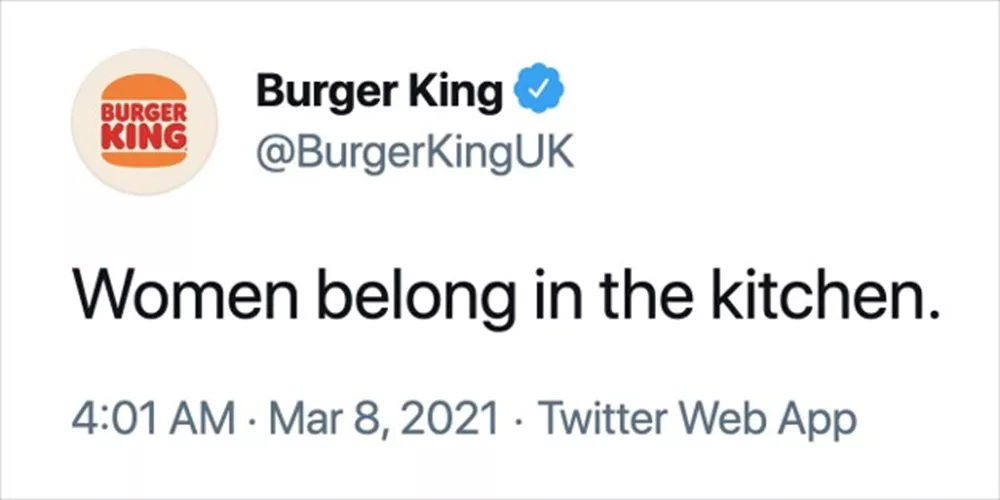
We would all soon learn that the tweet was about gender disparity in the UK restaurant industry, but that didn’t become clear until a few follow-up tweets had been posted.
By then, the damage had been done. Many pointed out that the controversial first tweet and the elaboration in a follow-up tweet could fit in one tweet and make more sense. Some argued that it was fundamentally tone-deaf to reclaim a phrase that has been historically used to keep women out of the job market as part of a campaign calling for more jobs for women in the restaurant industry.
Once it was clear that the campaign was not well-received, even after Burger King UK’s audience was aware of the full context, the fast-food burger company issued an apology.
We hear you. We got our initial tweet wrong and we’re sorry. Our aim was to draw attention to the fact that only 20% of professional chefs in UK kitchens are women and to help change that by awarding culinary scholarships. We will do better next time.
— Burger King (@BurgerKingUK) March 8, 2021
What would we have done differently? We would’ve avoided the sexist phrase entirely and focused the messaging on the issue from the very first tweet.
Dove learns a lesson in sharpening its editing eye
Dove is a brand synonymous with promoting real beauty in all its forms. In recent years, it has had ads specifically aimed at including women of different ages, complexions and body types as part of its target audience. However, one Facebook ad from 2017 failed to impress.
The ad shows a Black woman taking off her shirt and turning into a white woman (supposedly after using Dove body lotion). While Dove says that it included the two women as part of its ongoing celebration of diverse beauty, most people on social media fixated on the before-and-after effect of the placement of the two women.
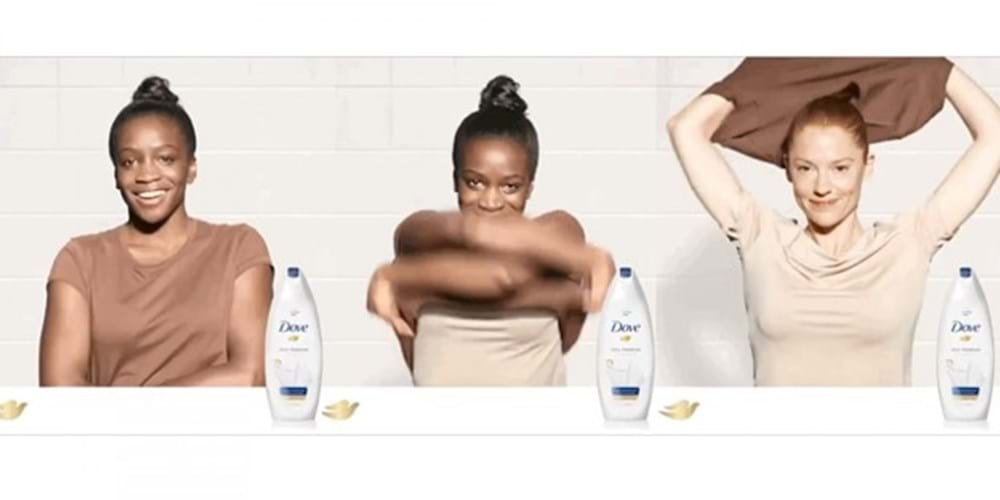
You need only recall the offensive print ads of the mid-century in which soap brands washed Black people clean (read: white) to understand why this ad didn’t seem that innocent when closely examined.
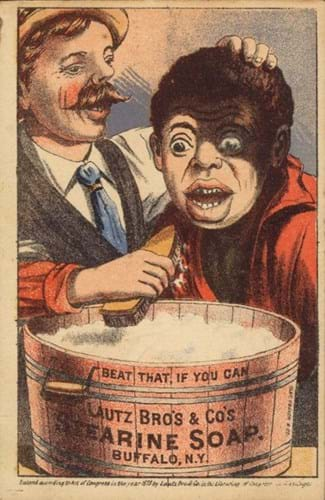
Dove apologised for the oversight and deleted the ad following the backlash.
What would we have done differently? Simply reversing the order of the women in the ad would have avoided any racially loaded before-and-after effect.
BECCA takes shortcuts to representation
Since Fenty Beauty changed the game for representation, makeup and cosmetics brands have been clamouring to catch up. One such brand is Australian makeup company, BECCA.
BECCA launched its new Skin Love Weightless Blur Foundation in a wide range of shades to match various skin tones. The issue was that it hadn’t actually used any hand models of colour in its imagery. Instead, the brand had seemingly painted the hands of white models to look Black and Brown.
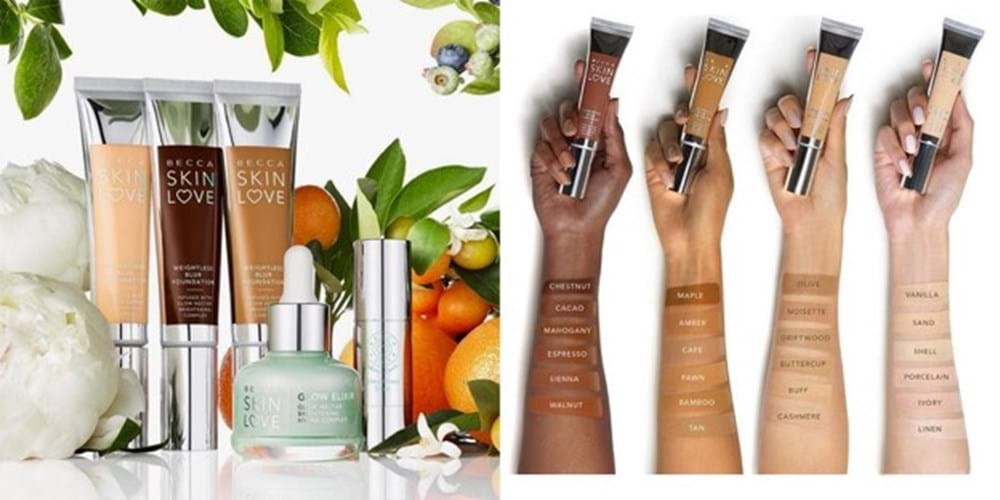
As you can tell from the image, the palms of the two hands on the left appear to be the same colour as the skin on the hands and arms – a glaring inaccuracy. BECCA was accused of using blackface to appear more inclusive and immediately apologised, saying:
“Thanks to everyone who shared feedback on our recent arm swatch image, we hear you and want you to know that we remain committed to continually representing our inclusive BECCA Beauties. To demonstrate this commitment, we’ve re-shot with real girls from the BECCA office.”
What would we have done differently? We would’ve advised BECCA to use images of real Black and Brown hand models.
Barnes & Noble fails to centre Black stories
In 2020, Barnes & Noble, America’s biggest bookseller, planned to celebrate Black History Month by launching a series of literary classics with new race-swapped covers. Dorothy from The Wizard of Oz would now be a Black girl with textured hair and Frankenstein’s monster would have brown skin and a high fade – among several teased revisions.
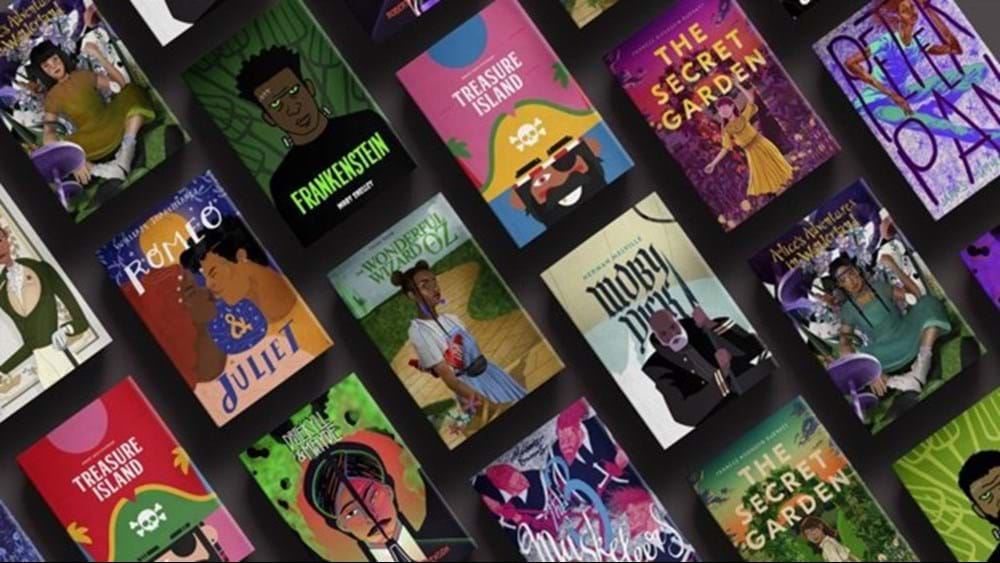
However, the rerelease of these titles as part of the campaign was cancelled after the instant outrage the announcement received.
People raised their concerns that the campaign did nothing for Black readers and authors. The race-swapped characters on the covers of the books would not be rewritten as Black in the stories, so they only reflected Black people on a superficial level. Moreover, the campaign was still promoting stories by white authors during Black History Month.
Once these and many other criticisms were brought to Barnes & Noble’s attention, they shelved the campaign.
What would we have done differently? A campaign in which Barnes & Noble promoted underappreciated works by Black authors as “new literary classics” would fit the point of Black History Month much better.
Nike designs for disabilities (but leaves people with disabilities out)
Nike has never had a representation issue – until recently. Its ads have always featured athletes of various demographic backgrounds. The brand has even made a conscious effort to include athletes with disabilities in its ads.
So, it came as a bit of a surprise when the brand launched its first accessible sneaker – the Nike Go FlyEase – using its famed exclusive rollout. The Go FlyEase is a hands-free sneaker, so anyone can wear it unassisted, especially people with disabilities. But because of the limited supply, most of the pairs were quickly bought up by resellers looking to make exorbitant profits in the secondary sale market.
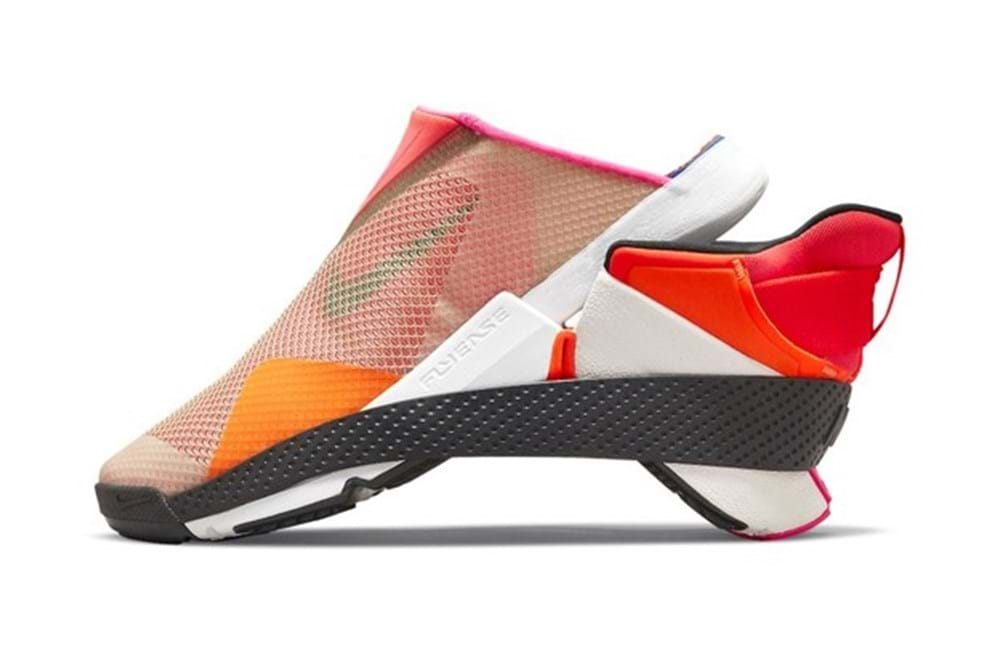
Reselling is a phenomenon that often occurs in the sneaker community. But one would expect that a shoe that is meant to be accessible to all wouldn’t price out the customers who need it the most – especially when people with disabilities are twice as likely to live in poverty. The Go FlyEase design was inspired by a man with cerebral palsy, but Nike has gone back and forth in its marketing messaging about whether the shoe is for people with disabilities or not, referring to them lately as “adaptive sneakers”.
It seems the brand is happy with occasionally co-opting the struggles of people with disabilities to seem inclusive without actually making accessible footwear that everyone can buy.
What would we have done differently? Commit to the cause of designing footwear for people with disabilities in all marketing messaging for the Go FlyEase and forgo the exclusive rollout model.
Mattel almost gets disability inclusion right
When Mattel pivoted away from only selling Barbie dolls that were unnaturally tall and skinny, the whole world cheered. The “Barbie Can Be Anything” campaign was a massive win for inclusion. Barbie can be of any height, size or ethnicity and hold any job they choose.
Long before the “Barbie Can Be Anything” campaign, however, there was Becky – Mattel’s first doll to be in a wheelchair, released in 1997.
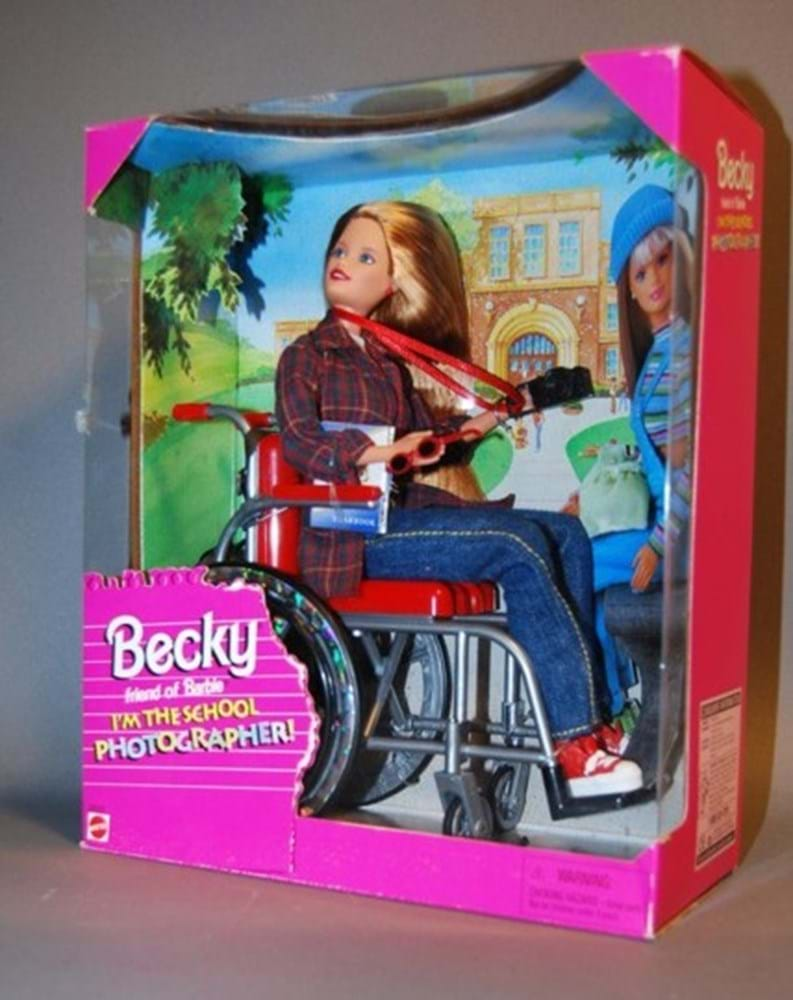
Becky made countless girls living with mobility issues feel seen. But there was one problem – Barbie’s Dreamhouse was not designed for Becky’s chair. Young girls with disabilities could enjoy the doll but not the full Barbie experience. Mattel discontinued the Becky doll after this was pointed out and reintroduced a Barbie in a wheelchair in 2019, along with several other dolls with disabilities.
Barbie’s Dreamhouse was never redesigned.
What would we have done differently? We would’ve recommended that Mattel introduce Becky’s Dreamhouse – a single story playhouse that’s just as pretty as Barbie’s. This would make things easier for all their dolls with disabilities to be introduced down the line.
How to get inclusive marketing right every time
We hope that the examples above highlight one important fact: inclusive marketing can never be used as a gimmick or once-off project. It is a commitment to radically changing the way you think about your customers and how to serve them the most valuable products and solutions. That’s not an easy undertaking, which is why it’s best to treat it with some level of reverence.
Each brand has its own inclusive marketing journey to embark on but there are some guidelines that can help anyone get started. Use our starter guide to ensure you have all of your bases covered and get in touch with us if you need the help of experts.

